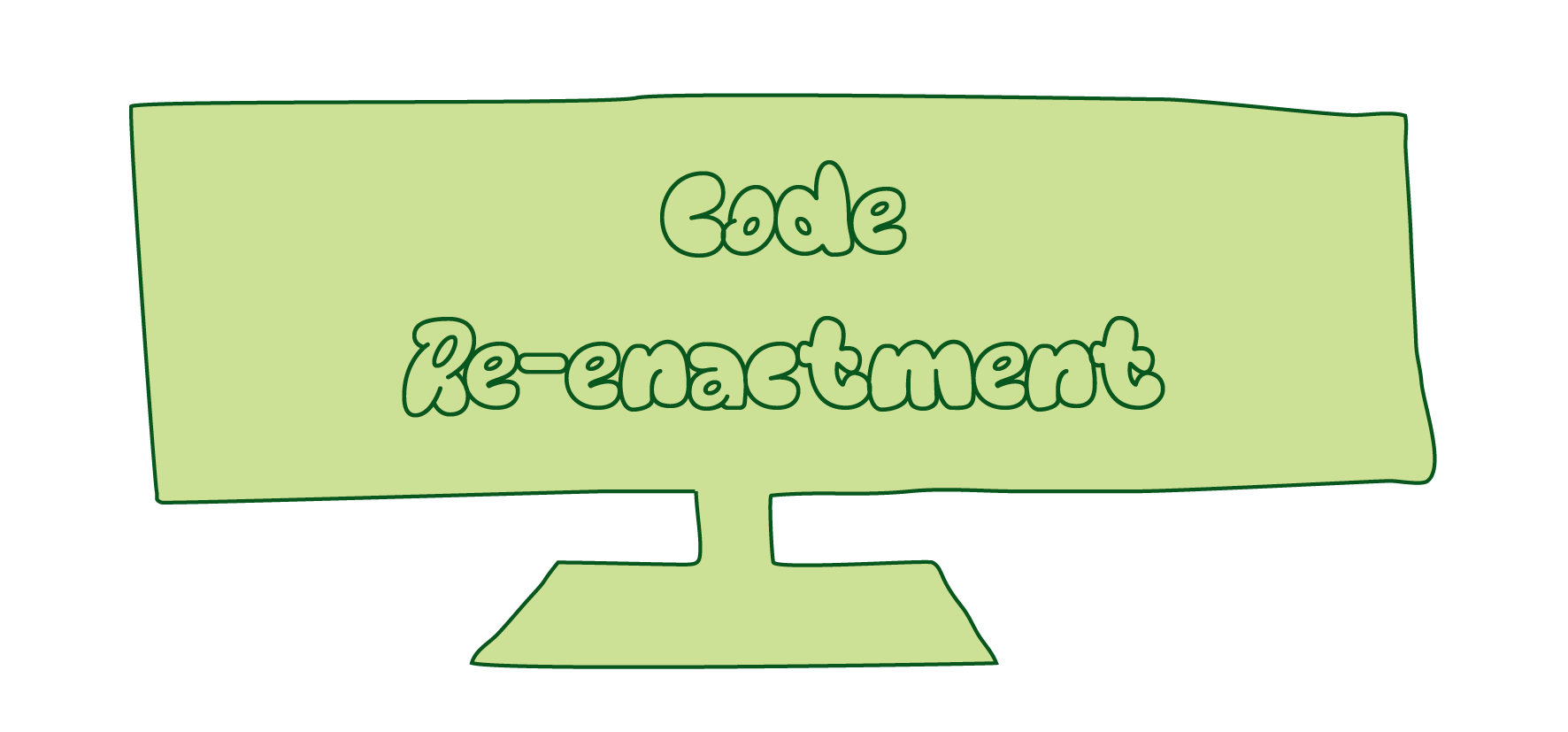Created by
Martijn van Boven
Recreate a historical computer animation by describing it in natural language.
People use languages and symbol systems to communicate and navigate the world. But what happens when these systems are forgotten, misunderstood, or need translation? This question matters not only for spoken language, but also for digital code—especially in fields like computer animation. We often treat language as meaningful and expressive, while code is seen as technical and dry. But this is misleading. Code shapes the media we consume—films, games, animations—yet we rarely think about its cultural role. As we increasingly describe the world in code, we risk losing sight of the narratives and histories behind these technologies. Computer animation has a rich but underexplored past. Early animations weren’t just creative breakthroughs—they were also technical experiments encoded in software. Many of these works exist today only as short films, animations or still images.This assignment is based on the principle of code re-enactment and inspired by some early experiments that Martijn did with the early computer generated films of John Whitney and Bart Vegter. The objective of this assignment is to translate a short abstract animation into natural language, then re-enact it using Python code (or any other coding platform) via AI-assisted interpretation. Just like you can study a building’s materials or re-enact a dance, you can also analyze and recreate computer-generated films and animations. This process of observation helps build an understanding of how a computer system can translate natural language into code, and helps to shift how we describe or explain when using generative AI tools. This exercise is very much about observation: look, observe, translate that into words and turn it into code.
People use languages and symbol systems to communicate and navigate the world. But what happens when these systems are forgotten, misunderstood, or need translation? This question matters not just for spoken language, but also for digital code—especially in fields like computer animation. We often treat language as meaningful and expressive, while code is seen as technical and dry. But this is misleading. Code shapes the media we consume—films, games, animations—yet we rarely think about its cultural role. As we increasingly describe the world in code, we risk losing sight of the narratives and histories behind these technologies.
About the artist
Martijn van Boven is a visual artist from Amsterdam, with a focus on experimental films and computer generated art. His work is expressed through installations, films, collaborations with composers, and cinema performances.
Link
Exercise
- Select a 10–20 second abstract animation
- Choose a short, non-figurative animation (e.g., simple geometric shapes moving or transforming) such as early computer art (John Whitney, Lillian Schwartz) or generative YouTube clips.
- Watch the animation multiple times
- Focus first on form and movement, then on colour and rhythm.
- Don’t interpret it metaphorically—observe what, where, how fast, and how often things happen. Be as precise as possible.
- Describe what you see in plain language
- Use concise, structural phrases.
- Example: “Five circles emerge from the centre. They expand in size while moving outward toward the edge. The background remains black.” Be as precise as possible!
- Break the scene into visual events
- Separate the animation into steps or layers (e.g., shape creation, motion paths, size changes, colour changes).
- Make a numbered list, like the following example:
- Shapes appear at the centre.
- They grow in size.
- They move outward.
- They fade at the edges.
- Convert the description into AI-readable prompts;
- Reformulate your steps as instruction-style prompts for an AI assistant. For example: “Create five white circles at the center of a black canvas. Animate them so they grow and move outward in a radial direction.”
- Use platforms like ChatGPT or GitHub Copilot to generate Python code (using libraries such as Pygame, matplotlib.animation, or Processing.py). If you have never worked with Python before, a web based platform such as P5.JS might be easier to use. Of course you can also use any other creative coding language like Processing.
- Keep your prompts specific and visual.
